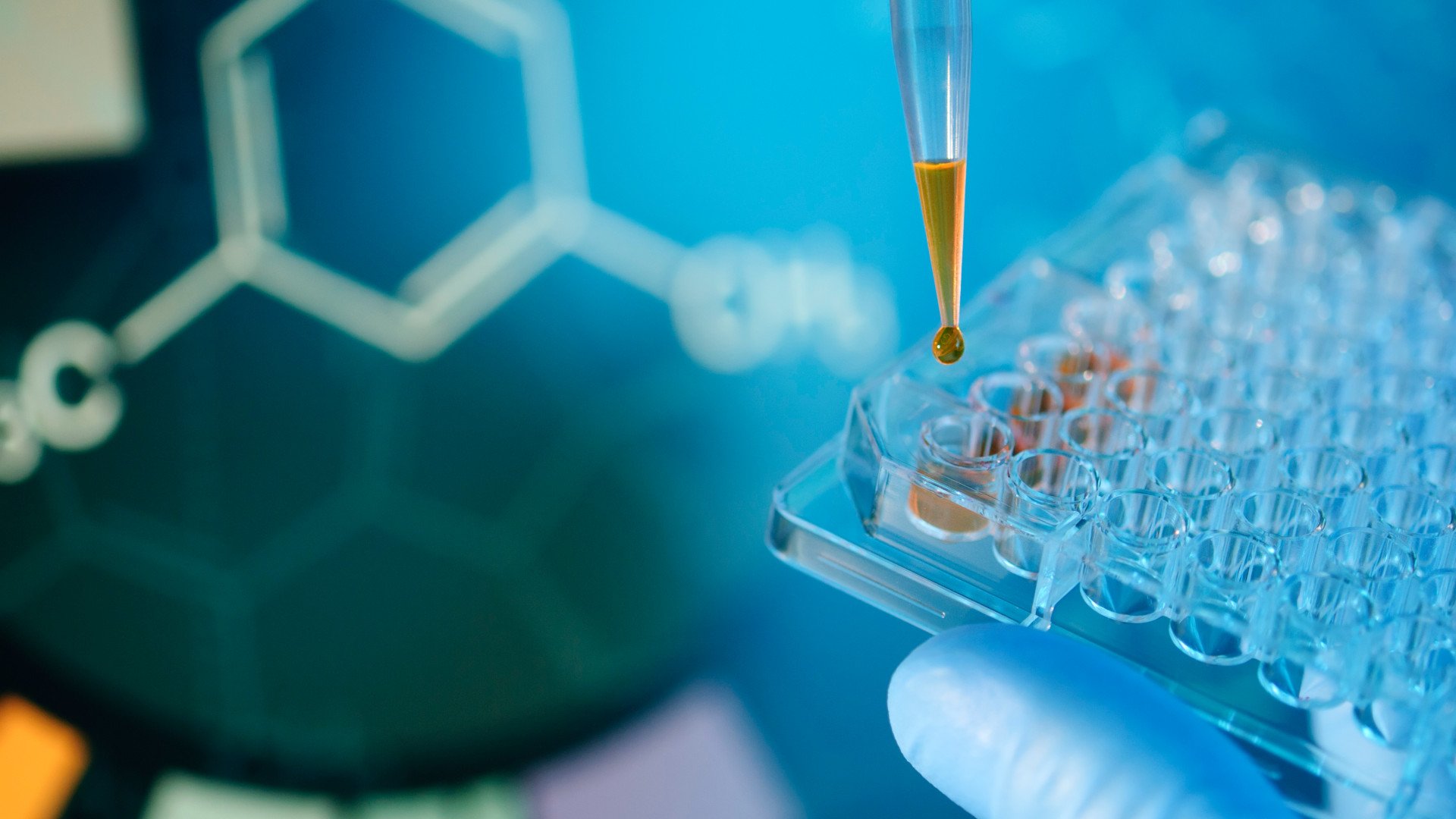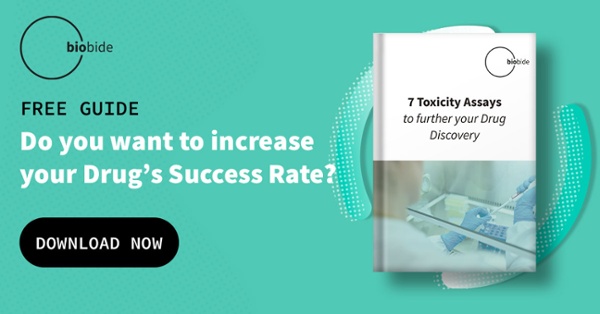In Drug Discovery and Development, the determination and classification of chemical toxicity plays a pivotal role in shaping pharmaceutical development while ensuring the safety of patients. The categorization of these hazardous substances not only helps researchers identify potential risks but also provides them with a guide in the arduous journey of Drug Discovery and Development. As scientific advancements continue to expand the frontiers of Drug Discovery, understanding the significance of properly classifying candidate toxicity in the preclinical stage becomes increasingly vital.
The proper classification of chemical toxicity in Drug research has far-reaching implications. By accurately categorizing these substances, researchers can effectively identify potential hazards associated with the Drug Discovery and Development process and avoid regulatory stepbacks and failures of the Drug candidates in future stages of the process. This classification system guides the entire Drug Development process, from early discovery to clinical trials, and finally leads to the formulation of appropriate safety protocols and guidelines.
In developing effective medicines, numerous chemical compounds are often encountered which may have the potential to cause hazard. These range from naturally occurring elements to synthetic substances created in the lab. It is through proper classification that researchers are able to determine the toxicity level of these chemicals, assess their potential risks, and devise appropriate safety measures. Therefore, the toxicity evaluation of chemicals gives researchers a roadmap for safer Drug Development.
The importance of categorizing chemicals
Categorizing the toxicity of chemicals is of utmost importance in preclinical research and later development due to the potential risks they pose to human health and the environment. New chemical entities can have adverse effects leading to organ damage, developmental abnormalities, and even carcinogenicity. By categorizing these chemicals, researchers can identify and isolate hazardous substances, enabling them to prioritize safety during the Discovery and Development process. This classification allows researchers to make informed decisions regarding the selection, handling, and disposal of chemicals, minimizing the risk of exposure and ensuring the safety of researchers & employees, the environment, and the general public.

Classification Systems for Chemicals Toxicity
Two widely used classification systems for chemicals are the Globally Harmonized System (GHS) and the Environmental Protection Agency's Toxic Substances Control Act (TSCA) Chemical Substance Inventory. The GHS provides a standardized approach to classifying chemicals and communicating their hazards globally. It includes different classifications such as acute toxicity, carcinogenicity, and environmental hazards to assign toxicity classes and categories. On the other hand, the TSCA Chemical Substance Inventory categorizes chemicals based on their potential health and environmental effects, enabling regulatory authorities to track and manage chemical substances effectively.
Within these classification systems, various categories are established based on the level of toxicity and potential harm. For example, the GHS classifies chemicals such as "acute toxicity," "carcinogenicity," and "reproductive toxicity." These specific toxicity types have significant implications for Drug research as they guide pharmaceutical, agrochemical, or petrochemical companies in designing safety protocols, determining appropriate protective measures, and ensuring the formulation of safe and effective medicines.
Impact of Toxicity Classification of Chemicals on Drug Development
When toxicity classes are found in substances present in pharmaceutical formulations, they can hinder the efficacy of medications and cause adverse reactions in patients. By conducting comprehensive toxicity assays researchers can evaluate the effects of these chemicals on various biological systems and the concentration related to them, to determine safe dose ranges.
For instance, if a chemical is classified as a reproductive toxicant, it would prompt researchers to conduct additional studies to assess its impact on fetal development and ensure the Drug would be safe for pregnant women, as some substances may have teratogenic effects, causing abnormalities in the fetus. Neurotoxic chemicals can affect the Central Nervous System (CNS), while immunotoxic substances can suppress or over-activate the immune system. Some nonsteroidal anti-inflammatory drugs (NSAIDs) have been classified as hepatotoxic, indicating their potential to cause liver damage. In this case, classification has prompted researchers to explore alternative drug formulations or develop strategies to mitigate the hepatotoxic effects. Cardiotoxic compounds also are present in the market, with a black code indicating which concentration can affect heart functionality.
By understanding the classification of chemicals, researchers can make informed decisions and proactively address potential risks, leading to the development of safer and more effective medications.
Biobide, a leading company specializing in toxicity assays using zebrafish as a New Alternative Model (NAM) for preclinical screenings, helps in a better candidate selection by determining the potential toxicity of their chemicals. Their comprehensive range of toxicity assays, including Acutetox Assay, Teratotox Assay, Neurotox, Immunotox Assay, Hepatotox Assay, and Cardiotox Assay, enables researchers to evaluate the potential risks associated with specific compounds. Through these assays, Biobide provides valuable data on the effects of the chemicals on different organs and systems, at concrete concentrations.
Biobide has developed a broad variety of High Content Screening (HCS) assays based on available regulatory guidelines to advance the toxicology screening and safety of chemical compounds. The HCS assays offered by Biobide include toxicity evaluation on teratogenicity, thyroid disruption, muscular system, heart, kidney and liver, or environmental toxicity through biosensors and the endocrine system. Additionally, Biobide is working hard in the standardization and harmonization of some of those toxicity assays through international collaborations, together with regulatory agencies such as the OECD, FDA, EPA, or the NIH/NIEHS.
Conclusion
The use of chemical toxicity evaluation provides a framework for evaluating the potential risks and benefits of new pharmaceuticals. It allows researchers to identify and prioritize the most promising compounds while avoiding those that pose significant health hazards. This process streamlines Drug Development, saving time and resources, and ultimately contributes to the delivery of safer and more effective medicines for patients.
Chemical toxicity prediction is a cornerstone of pharmaceutical research and ensures patient safety by providing clear guidelines for handling and administering Drugs. Regulatory bodies rely on these classifications to establish safety standards and enforce regulations within the pharmaceutical industry. Biobide's comprehensive toxicity assays for identifying specific toxicities related to concrete concentrations played a vital role in guiding pharmaceutical research in this area.
The commitment to continued research and collaboration in chemical toxicity prediction and classification is paramount. As scientific knowledge advances and new compounds emerge, it is essential to update and refine classification systems to accurately reflect the potential risks they pose. This ongoing research will not only enhance pharmaceutical development but also safeguard and protect public health.
The benefits of working with alternative models like Zebrafish for this purpose are many:
- Zebrafish embryos allow early-stage studies before 5-6 days post-fertilization, and during the whole development of the larvae, providing insights into developmental and teratogenic effects.
- Fast organogenesis allows rapid observation of Drug effects on organs, facilitating efficient screenings for toxicity and also screening their therapeutic potential.
- Genetic similarity to humans aids in modeling diseases through gene editing and identifying Drug targets.
- High Content Screenings accelerate Drug candidate identification at a lower cost.
- Transparent embryos enable real-time visualization of Drug effects through image analysis, allowing High image analysis assays.
- Being a whole organism allows the development of behavioral studies that offer insights into neurological and behavioral effects.
Sources
- United Nations Economic Commission for Europe (UNECE) - Globally Harmonized System of Classification and Labelling of Chemicals (GHS). https://www.unece.org/trans/danger/publi/ghs/ghs_welcome_e.html
- Environmental Protection Agency (EPA) - TSCA Chemical Substance Inventory. https://www.epa.gov/tsca-inventory
- Occupational Safety and Health Administration (OSHA) - Hazard Communication Standard (HCS). https://www.osha.gov/hazard-communication
- U.S. Food and Drug Administration (FDA): "Guidance for Industry: Genotoxic and Carcinogenic Impurities in Drug Substances and Products: Recommended Approaches" (2008) https://www.fda.gov/media/71396/download
- World Health Organization (WHO): "Classification of Pesticides by Hazard" (2009) https://apps.who.int/iris/bitstream/handle/10665/44270/9789241547963_eng.pdf
- European Medicines Agency (EMA): "Guideline on the Limits of Genotoxic Impurities" (2017) https://www.ema.europa.eu/en/documents/scientific-guideline/guideline-limits-genotoxic-impurities_en.pdf





